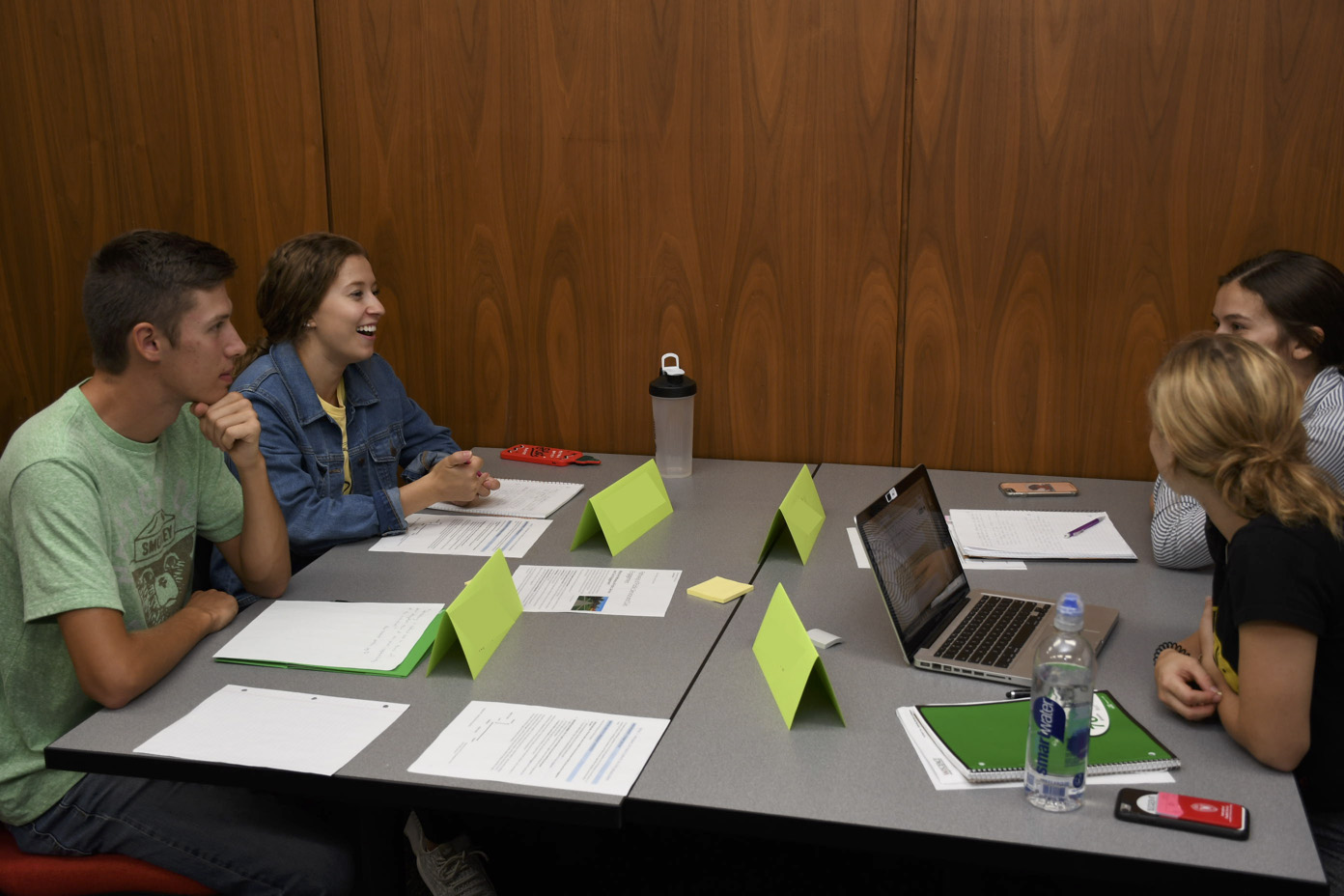
Science and society have always been intertwined. Today, scientists are increasingly encouraged to interact with the public by conducting transparent and participatory engaged scholarship, as opposed to the prevailing one-way transfer of information model. A renewed focus on the "broader impacts of science" from funding agencies has increased the urgency to train scientists equipped with an understanding of how their work intersects with the public interest. While aspiring scientists in STEM fields routinely develop disciplinary expertise and research skills, universities must also prepare undergraduate students for careers in STEM disciplines, where skills and knowledge to effectively engage with the public are increasingly necessary. This lesson guides students through an exploration of the broader impacts of scientific research, allowing students to situate their conceptual learning within a societal context. Through a jigsaw exercise, students examine specific examples of public engagement strategies used to translate science into the public sphere. A discussion of the article 'Science's new social contract with society' defines key concepts surrounding the shifting relationship between science and society (1). Finally, students synthesize their understanding of complex science-society interactions in a concept mapping exercise. Student understanding of the concept 'broader impacts of science' is assessed using formative (e.g., discussion, concept map) and summative (e.g., pre-post minute paper) assessment. Self-reported data and pre-post analysis indicates that students found the lesson engaging, emerging with a deeper and more nuanced understanding of the interactions between science and society.
Primary Image: "Students discuss the broader impacts of science in an active learning environment.” The primary image accompanying this lesson showcases students in a small group discussion as part of the lesson. Student permission was obtained for the use of this photograph, in compliance with the Institutional Review Board (IRB).